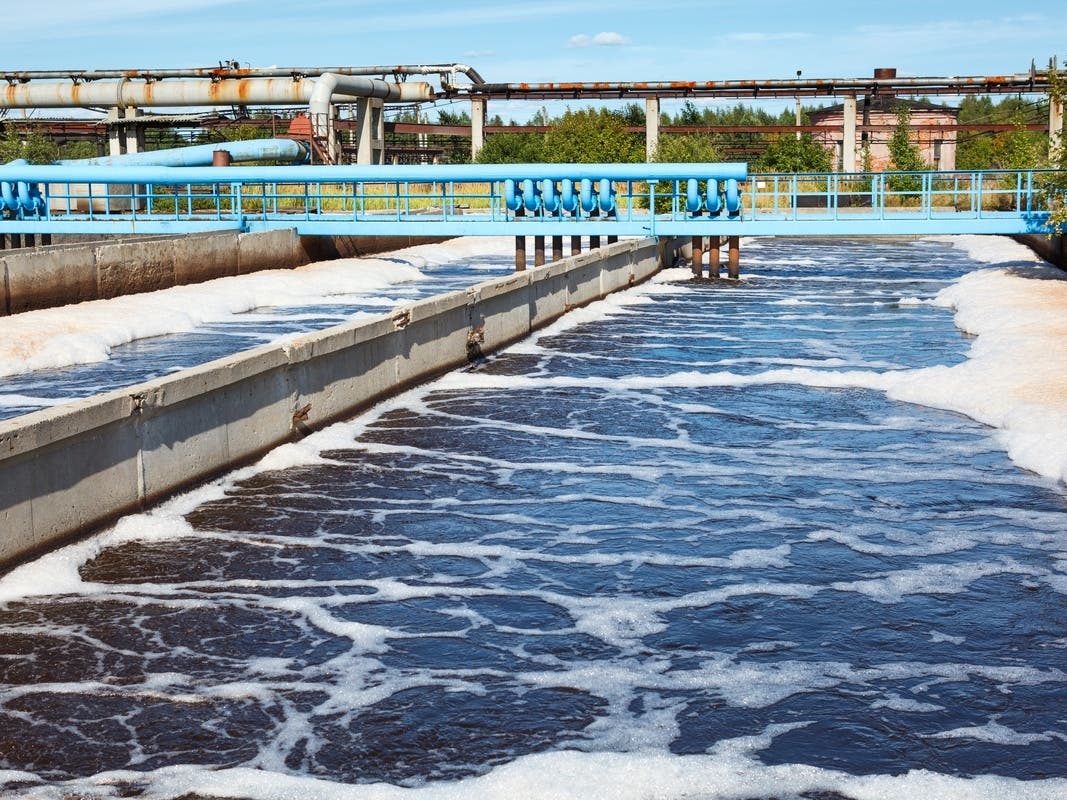Health & Fitness
Raw Sewage Indicates COVID-19 On The Rise In Twin Cities
The Metropolitan Council is tracking COVID-19 in the sewage passing through the Twin Cities metro area.

MINNEAPOLIS-ST. PAUL METRO — The amount of COVID-19 is on the rise in the Twin Cities metro area, according to raw sewage sampled at the treatment plant in St. Paul.
During the pandemic, scientists from the Met Council's Environmental Services division have been extracting viral genetic material from wastewater samples and sending them to the University of Minnesota Genomics Center for testing.
The samples allow researchers to track the rise and fall of infection rates. According to the latest data, the viral load in local wastewater has been steadily rising since the middle of March.
Find out what's happening in Southwest Minneapoliswith free, real-time updates from Patch.
However, while data from the Minnesota Department of Health does confirm the rise in cases, hospitalizations and deaths remain low.
The Saint Paul treatment plant serves much of the seven-county metro area. Watch a video about how the Met Council monitors COVID-19 in wastewater here.
Find out what's happening in Southwest Minneapoliswith free, real-time updates from Patch.
Get more local news delivered straight to your inbox. Sign up for free Patch newsletters and alerts.